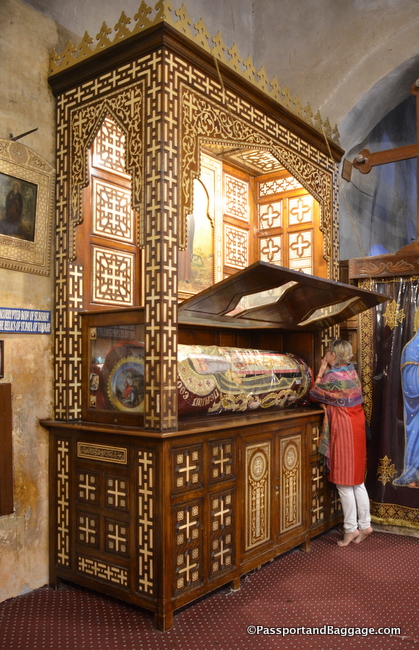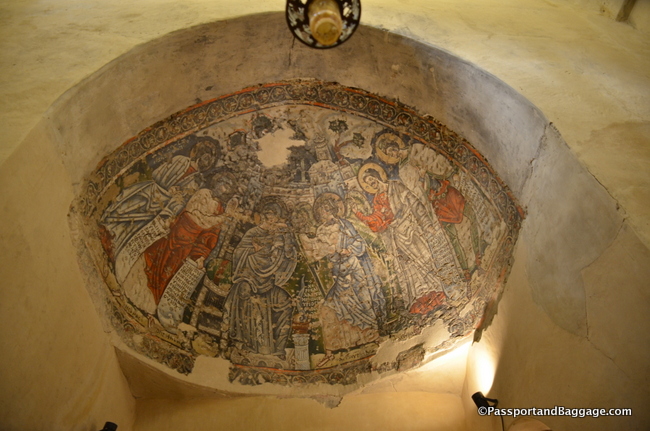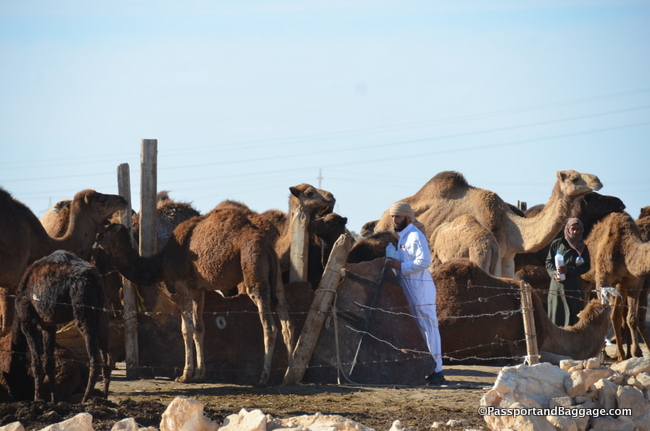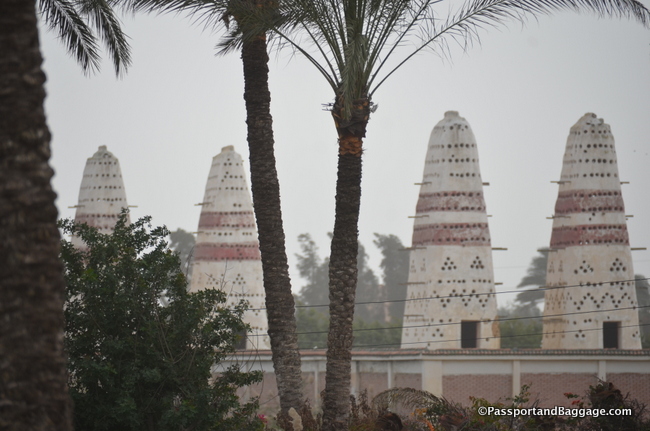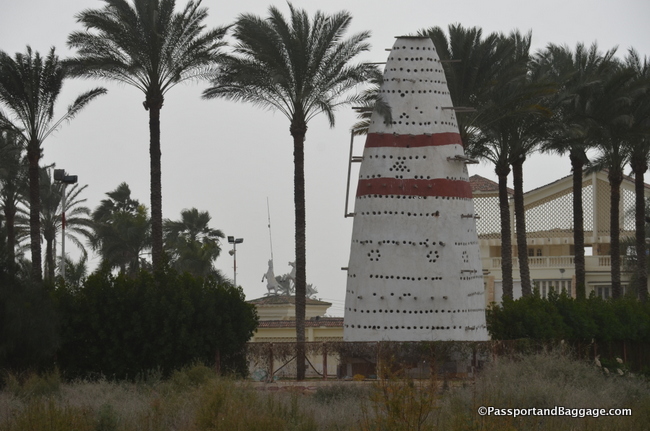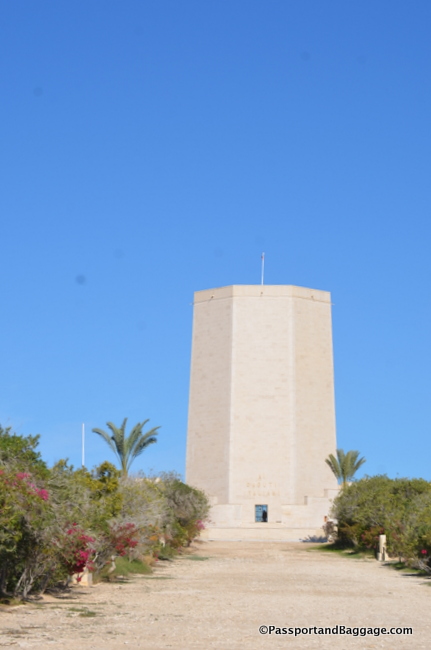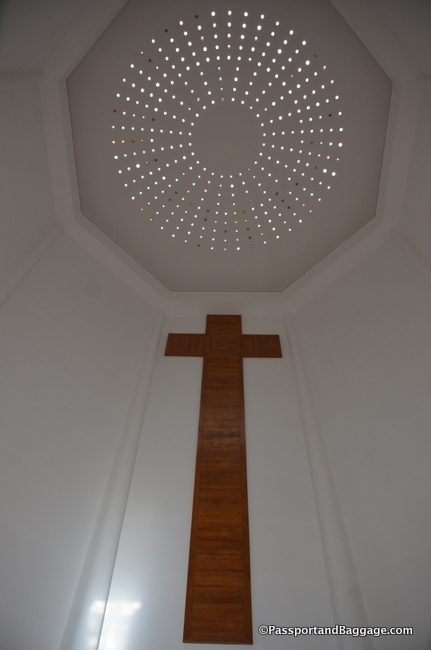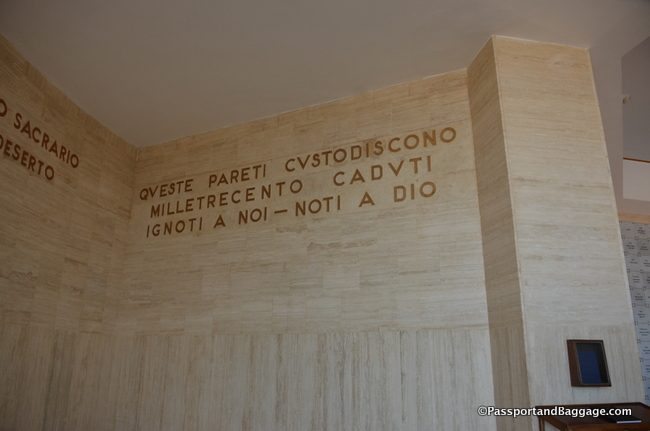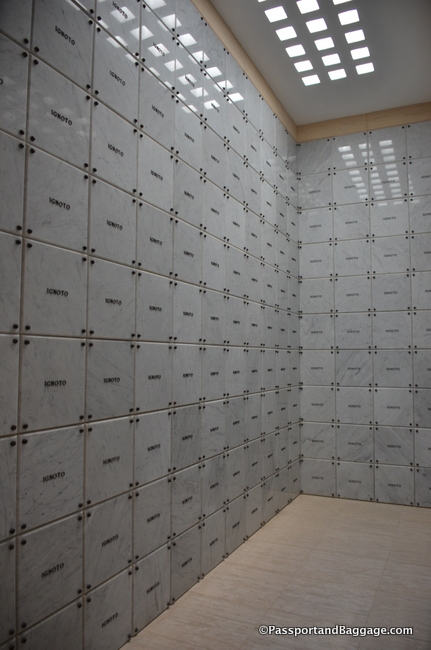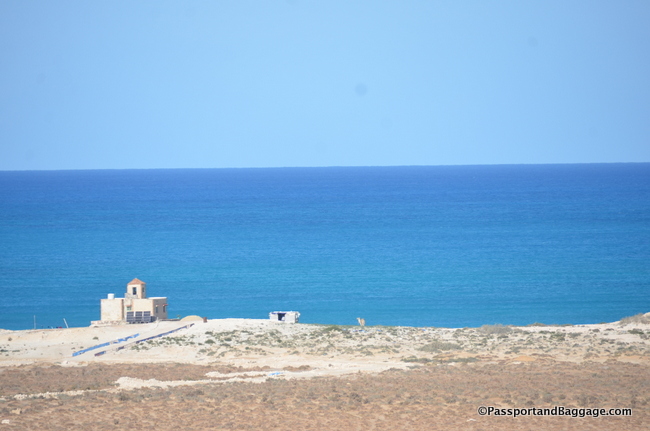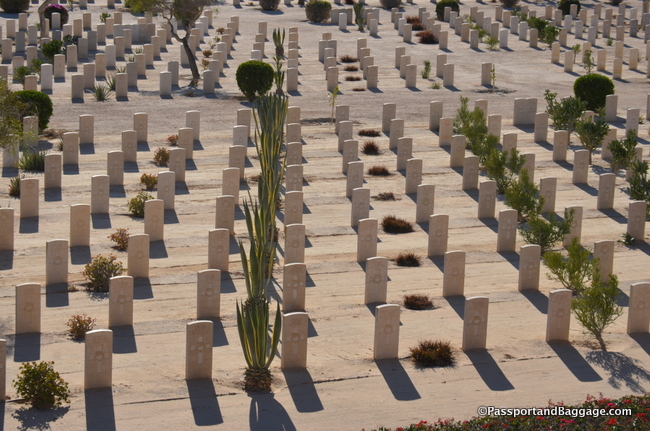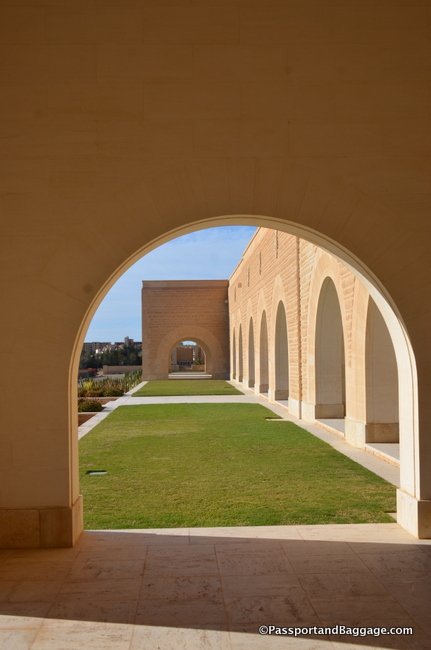January 4, 2019
Wadi el Natrun
The name Wadi El Natrun refers to eight different lakes in the region that produce natron salt.
Natron was used during mummification ceremonies in ancient Egypt because it absorbs water and behaves as a drying agent. When exposed to moisture, the carbonate in natron increases pH (raises alkalinity), which creates a hostile environment for bacteria. In some cultures, natron was thought to enhance spiritual safety for both the living and the dead. Natron was added to castor oil to make a smokeless fuel, which allowed Egyptian artisans to paint inside ancient tombs without staining them with soot.
There are four Coptic monasteries remaining in Wadi el Natrun.
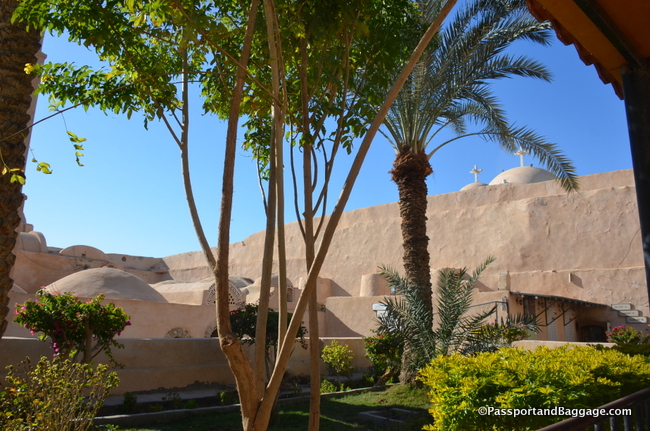
Bishoy founded this monastery in the fourth century, December 841.
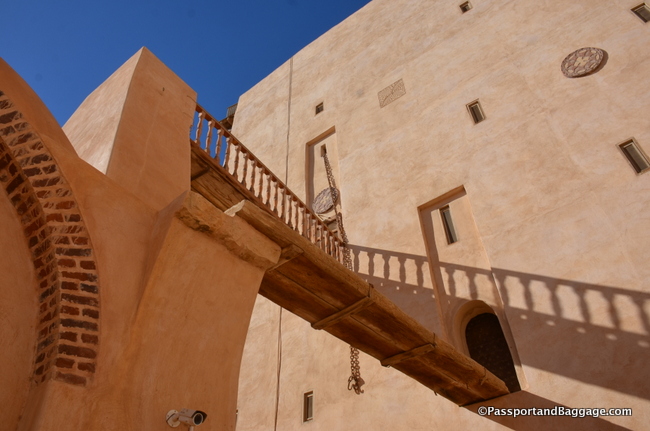
In the fifth century, Emperor Zenon built a fortress to protect the monks from attack. When they were attacked the monks would run up the staircase and pull up the drawbridge.
Pope Joseph I of Alexandria fulfilled Bishoy’s wishes and moved his body as well as that of Paul of Tammah to this monastery. Today, the two bodies lie in the main church of the monastery.
There were several things that caught my eye on this desert road as we traveled from one destination to the other.
Camels were everywhere. They were running wild, they were being herded and they were in pens.
You will find dovecotes everywhere in Egypt. Not only are the pigeons consumed as food, their droppings are also considered a valuable fertilizer.
El Alamein
I don’t want to go into indepth war history, but there are three cemeteries honoring the dead of the two battles of El Alamein.
Putting it very simply The First Battle of El-Alamein, (150 miles west of Cairo), ended in a stalemate, the second one was decisive. It marked the beginning of the end for the Axis in North Africa. Field Marshal Erwin Rommel was handidly defeated by the British Eighth Army, thus protecting the Suez Canal and the route of oil and supplies for the Allied forces.
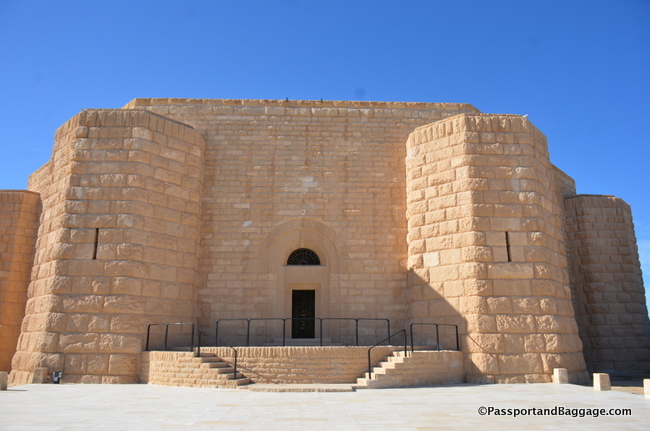
El Alamein German War Cemetery was built in the shape of a fortress. It contains 4,213 German burials from the Second and 30 from the First World War.
The Italian War Memorial was built between 1954 and 1958 by the Italian government on a design of Paolo Caccia Dominioni. There is a small museum at the entrance and a hexagonal tower containing a chapel and the graves of the soldiers.
Behind this wall is this room
The cemetery contains 7,240 Commonwealth burials of the Second World War, of which 815 are unidentified. There are also 102 war graves of other nationalities. The Cremation Memorial commemorates more than 600 men whose remains were cremated in Egypt and Libya during the war, in accordance with their faith. The Land Forces portion commemorate more than 8,500 soldiers of the Commonwealth who died in the campaigns in Egypt and Libya, and in the operations of the Eighth Army in Tunisia up to February 19, 1943, who have no known grave. It also commemorates those who served and died in Syria, Lebanon, Iraq, and Persia. The Air Forces panels commemorate more than 3,000 airmen of the Commonwealth who died in the campaigns in Egypt, Libya, Syria, Lebanon, Iraq, Greece, Crete and the Aegean, Ethiopia, Eritrea and Somaliland’s, Sudan, East Africa, Aden, and Madagascar, who have no known grave. Those who served with the Rhodesian and South African Air Training Scheme and have no known grave are also commemorated here. The cemetery was designed by Sir J. Hubert Worthington.
